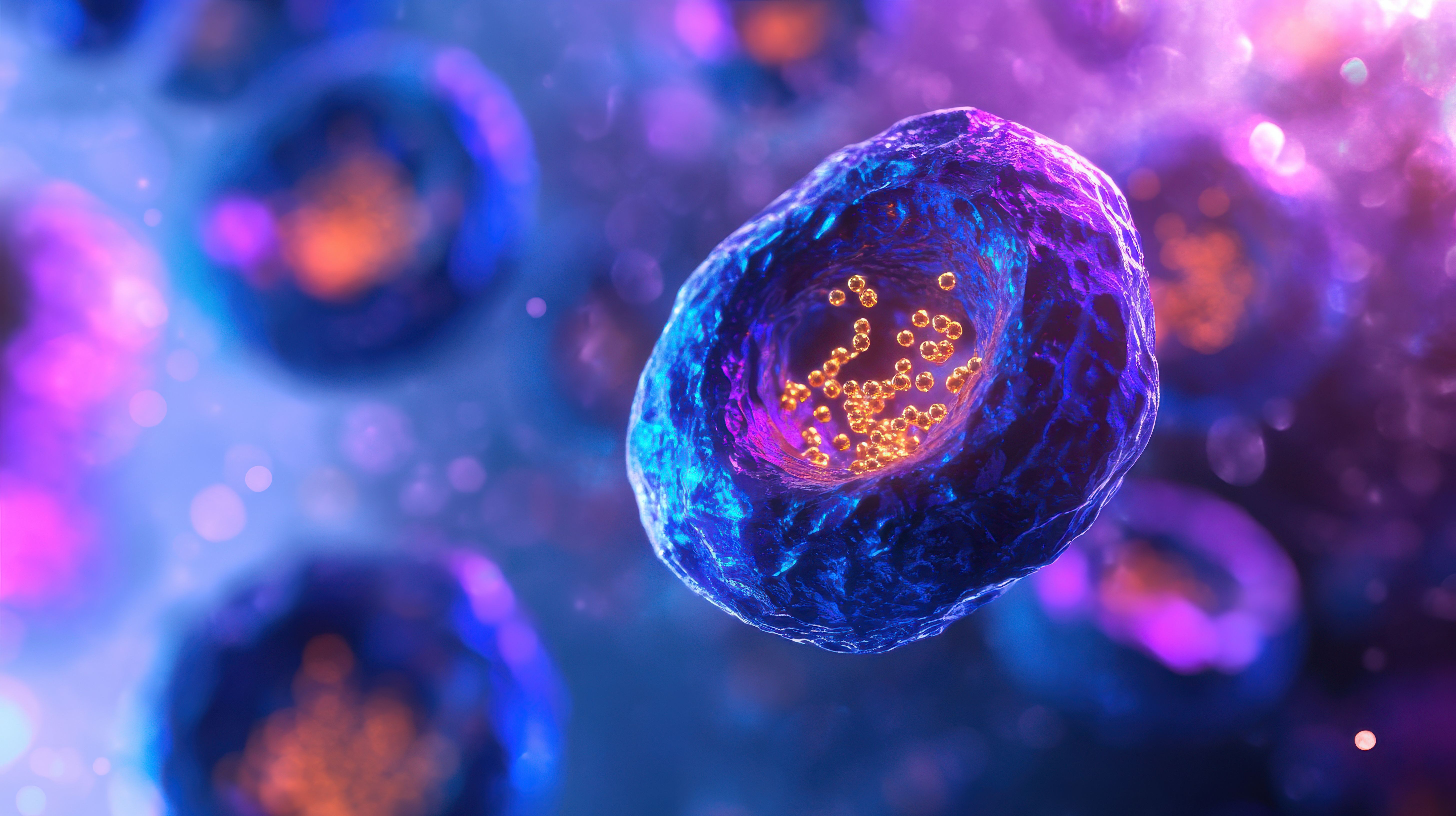Chinese Researchers Develop Dual-Channel Probe for Biothiol Detection
Researchers at Qiqihar Medical University have developed a dual-channel fluorescent probe, PYL-NBD, that enables highly sensitive, rapid, and selective detection of biothiols in food, pharmaceuticals, and living organisms.
In a recent study, a team of researchers from Qiqihar Medical University in China tested out a new fluorescent probe that was made with dual-channel capabilities for the rapid, highly sensitive detection of biothiols in food, pharmaceuticals, and living organisms. This study, which was published in Spectrochimica Acta Part A: Molecular and Biomolecular Spectroscopy, demonstrated how this new probe, which the researchers called PYL-NBD, improves the identification of cysteine (Cys), homocysteine (Hcy), and glutathione (GSH) (1). GSH, Cys, and Hcy are three critical thiol-containing biomolecules. Understanding how to better identify these biomolecules is important for food safety, medical diagnostics, and cellular biology (1).
Vibrant cells are magnified under a microscope, revealing intricate structures and glowing components. This scientific exploration highlights biology's complexity and beauty. Generated with AI. | Image Credit: © Ivan - stock.adobe.com

Biothiols are important in many biological processes (2). They play essential roles in enzymatic activity, protein folding, and signal transduction (1,2). Biothiols are also important in food and beverage applications. For example, they help extend the shelf life and improve the flavor of certain food items (1). Meanwhile, in biology, imbalances in thiol concentrations have been associated with oxidative stress and various diseases (1). However, one of the biggest challenges is detecting these molecules within complex systems and in real-time.
In their study, the research team demonstrated the potential of their newly developed PYL-NBD probe to address these limitations. They detailed the design and synthesis of PYL-NBD, which was constructed by integrating a fluorescent pyrazoline core with an NBD (nitrobenzoxadiazole) sensing moiety and a morpholine group to specifically target lysosomes (1). The probe operates through a photoinduced electron transfer (PET) mechanism. Based on the thiol detected, the probe exhibits distinct fluorescence signals (1). Specifically, PYL-NBD emits a bright blue fluorescence in response to Cys, Hcy, and GSH, and a green fluorescence selectively for Cys and Hcy, which enables dual-channel differentiation under a single-wavelength excitation (1).
Through the laboratory tests, the probe demonstrated rapid kinetics, reacting with target biothiols in under 10 minutes (1). Low detection limits were also achieved. The researchers obtained 15.7 nanomolar (nM) for Cys, 14.4 nM for Hcy, and 12.6 nM for GSH (1).
These results show that the probe was able to demonstrate speed and sensitivity in its analysis. Besides these two characteristics, PYL-NBD showed versatility in using the probe to quantify cysteine in a wide variety of food products such as apples, tomatoes, cucumbers, cherry tomatoes, and milk (1). Additionally, it was employed in analyzing pharmaceutical preparations, including commercial L-cysteine capsules (1).
Another aspect to the PYL-NBD probe was its ability to conduct biological imaging. In this study, the research team used the probe to a diverse set of biological systems, including HeLa cancer cells, zebrafish embryos, tumor tissue slices, and the model plant Arabidopsis thaliana, and showed that it can permeate cell membranes and localize specifically within lysosomes (1). This feature allows researchers to monitor intracellular changes in thiol levels under conditions such as lipopolysaccharide (LPS)-induced oxidative stress (1).
By combining dual-channel fluorescence with lysosome-targeting and high selectivity, PYL-NBD opens new pathways for both analytical and biomedical applications. The probe's ability to accurately discriminate between GSH and Cys/Hcy through distinct optical signals helps it stand out because most conventional thiol sensors lack this level of selectivity (1). Furthermore, its robustness in different matrices and its compatibility with confocal imaging systems positions PYL-NBD as a powerful tool for future biothiol-related research.
With its broad application potential and user-friendly design, this PYL-NBD probe serves as a potential tool that can be used in several industries, ranging from pharmaceuticals to molecular biology and clinical diagnostics.
References
- Liu, Y.; Fan, L.; Song, J.; et al. A Dual-channel Fluorescent Probe Targeting Lysosomes for Differential Detection of Cys/Hcy and GSH: Applications in Food, Pharmaceutical Analysis and Bioimaging. Spectrochimica Acta Part A: Mol. Biomol. Spectrosc. 2025, 324, 125011. DOI: 10.1016/j.saa.2024.125011
- Xu, Y.-y.; Sun, Y.-y.; Zhang, Y.-j.; Lu, C.-h.; Miao, J.-f. Detection of Biological Thiols Based on a Colorimetric Method. J. Zhejiang Univ. Sci. B. 2016, 17 (10), 807–812. DOI: 10.1631/jzus.B1500232
New Study Reveals Insights into Phenol’s Behavior in Ice
April 16th 2025A new study published in Spectrochimica Acta Part A by Dominik Heger and colleagues at Masaryk University reveals that phenol's photophysical properties change significantly when frozen, potentially enabling its breakdown by sunlight in icy environments.
Tracking Molecular Transport in Chromatographic Particles with Single-Molecule Fluorescence Imaging
May 18th 2012An interview with Justin Cooper, winner of a 2011 FACSS Innovation Award. Part of a new podcast series presented in collaboration with the Federation of Analytical Chemistry and Spectroscopy Societies (FACSS), in connection with SciX 2012 ? the Great Scientific Exchange, the North American conference (39th Annual) of FACSS.
Advanced Raman Spectroscopy Method Boosts Precision in Drug Component Detection
April 7th 2025Researchers in China have developed a rapid, non-destructive Raman spectroscopy method that accurately detects active components in complex drug formulations by combining advanced algorithms to eliminate noise and fluorescence interference.